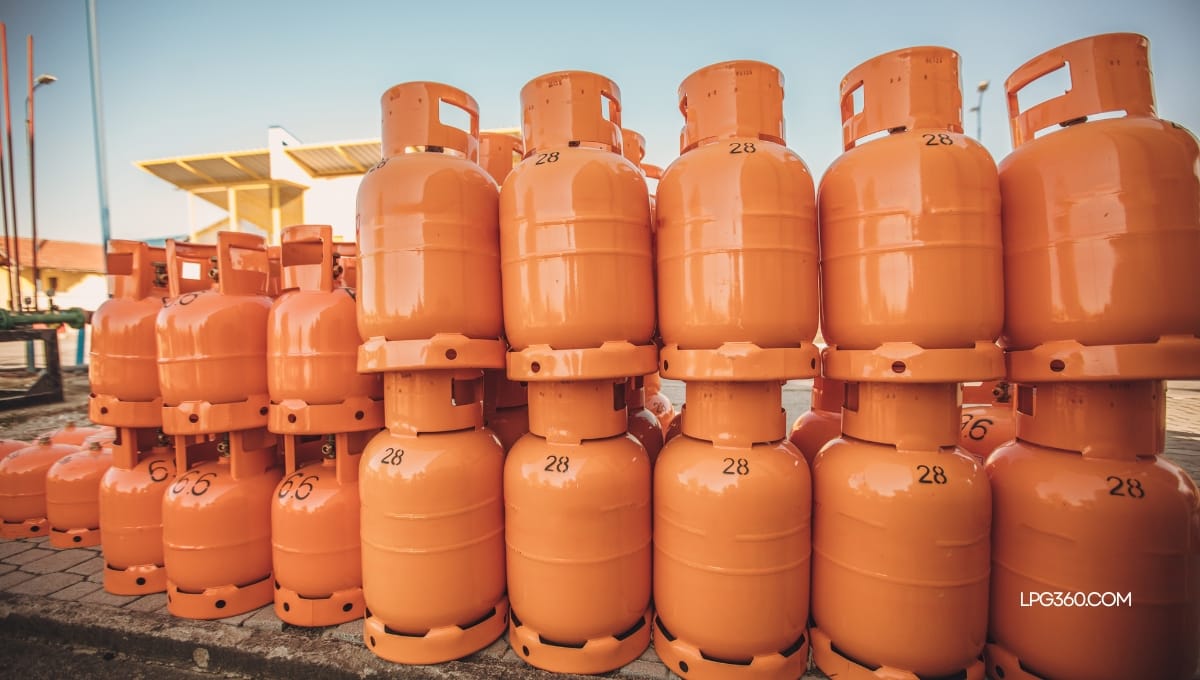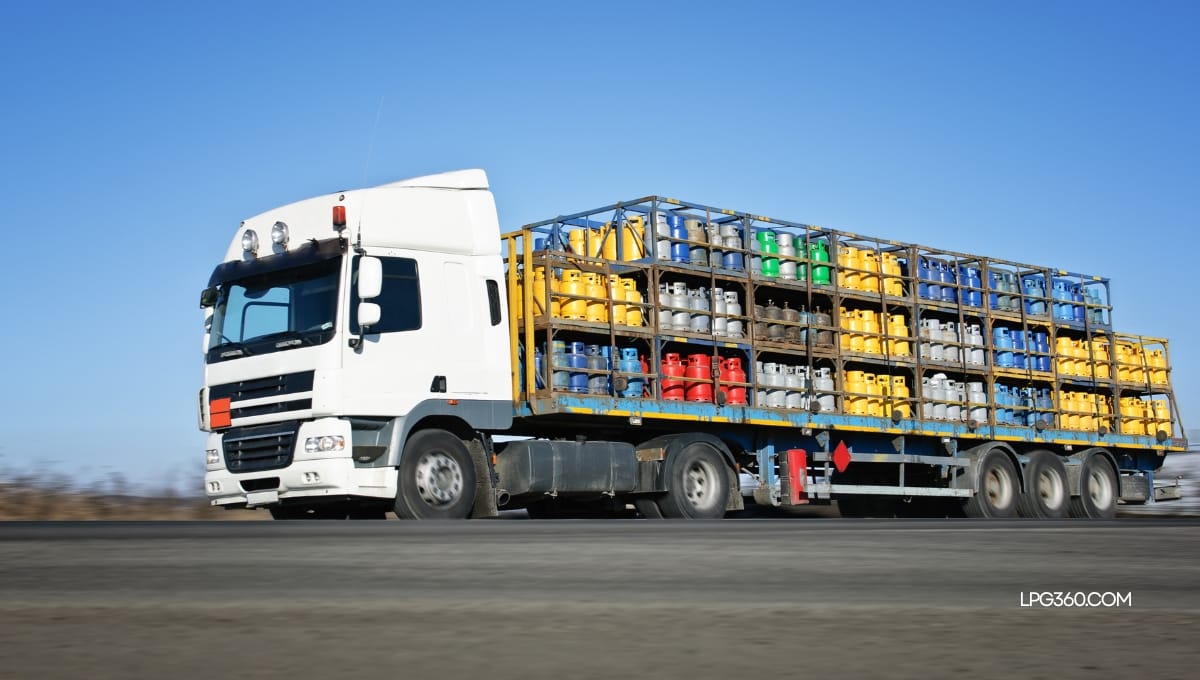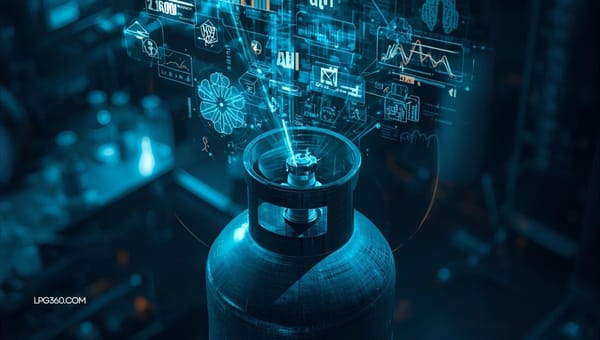Comprehensive Risk Management: Safeguarding Your LPG Plant from Potential Hazards.

LPG plants face numerous risks, including gas leaks, fires, equipment failures, and cybersecurity threats. Ensuring the safety and security of an LPG plant requires proactive risk management strategies to prevent accidents and operational disruptions. By implementing advanced monitoring systems, preventive maintenance, employee training, and emergency preparedness, businesses can significantly reduce risks and improve plant safety. A well-protected LPG plant ensures compliance with safety regulations, reduces financial losses, and enhances operational efficiency.
Protecting Your LPG Plant from Risks
- Identify and Assess Potential Risks
Conducting regular risk assessments helps identify weak points in the system, such as pipeline corrosion, faulty equipment, and potential gas leak hazards. Early identification allows for timely preventive measures. - Implement Advanced Gas Leak Detection Systems
Modern gas leak detectors, integrated with IoT sensors, provide real-time monitoring of LPG storage and distribution. These systems immediately alert operators to potential leaks, preventing hazardous situations. - Regular Equipment Maintenance and Inspections
Scheduled maintenance of storage tanks, valves, pipelines, and pressure regulators ensures that equipment remains in top condition, reducing the risk of unexpected failures and leaks. - Enhance Fire Safety Measures
Installing fire suppression systems, automatic shutoff valves, and flame detection sensors can help contain fires before they spread, reducing potential damage and ensuring worker safety. - Ensure Regulatory Compliance
Adhering to industry safety regulations and guidelines prevents legal issues and ensures the plant operates under the highest safety standards. Regular audits and inspections help maintain compliance. - Implement Cybersecurity Measures
With increasing digitalization, LPG plants are vulnerable to cyber threats. Using firewalls, encrypted networks, and cybersecurity protocols helps protect automated control systems from hacking and data breaches. - Develop a Comprehensive Emergency Response Plan
A well-prepared emergency response plan ensures that employees know the correct procedures for evacuation, fire suppression, and gas leak containment. Regular drills enhance preparedness. - Train Employees on Safety Protocols
Conducting regular training sessions on hazard identification, emergency response, and equipment handling ensures that workers can quickly react to potential risks and minimize damage. - Use Predictive Maintenance Technology
AI-powered predictive maintenance helps detect early signs of equipment failure, allowing for repairs before issues escalate into major safety concerns. - Secure Storage and Transportation Systems
Ensuring that LPG cylinders and storage tanks are stored in well-ventilated, secured areas reduces accident risks. Safe transportation protocols prevent leaks and explosions during delivery

Conclusion
Protecting an LPG plant from risks requires a proactive approach that includes preventive maintenance, safety technology, employee training, and emergency preparedness. By implementing these best practices, businesses can reduce operational hazards, financial losses, and compliance issues. A well-secured LPG plant ensures smoother operations, safety for employees, and long-term sustainability.
#LPG #LPG360 #LPGSafety #RiskManagement #GasLeakPrevention #FireSafety #CyberSecurity #IndustrialSafety #WorkplaceSafety #PlantProtection #EmergencyPreparedness #PredictiveMaintenance #RegulatoryCompliance #SafeOperations






